To power next generation chip based medical implants, power sources need to be miniscule and perpetual.


To power next generation chip based medical implants, power sources need to be miniscule and perpetual.
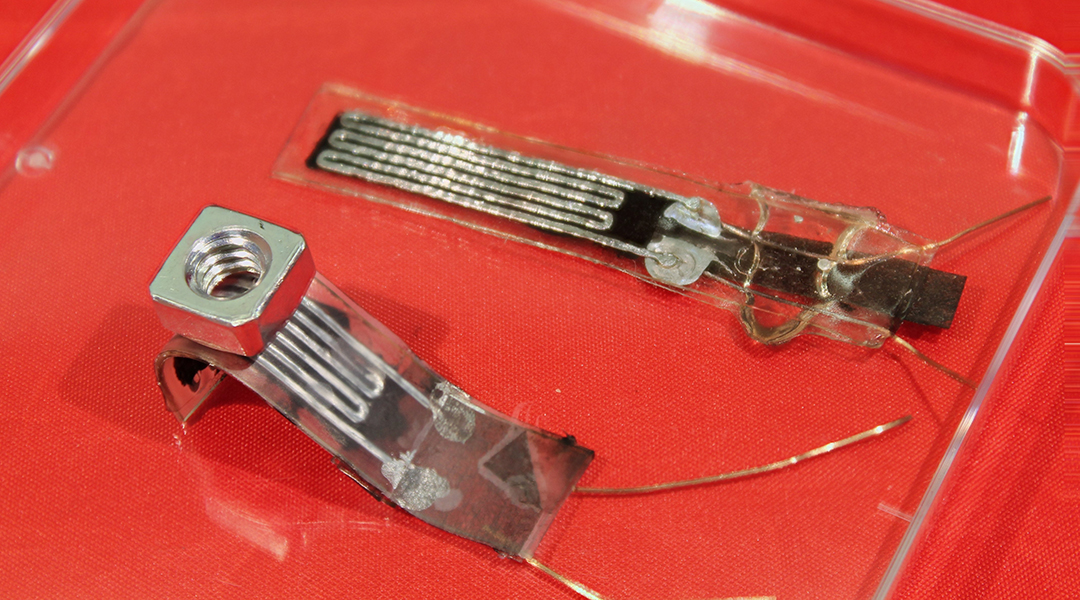
A new surface treatment enhances the adhesion of double-sided tape to make stickier tapes for soft electronics.

A smart electronic nose that mimics the human nose with its millions of receptor cells and ability to differentiate smells.
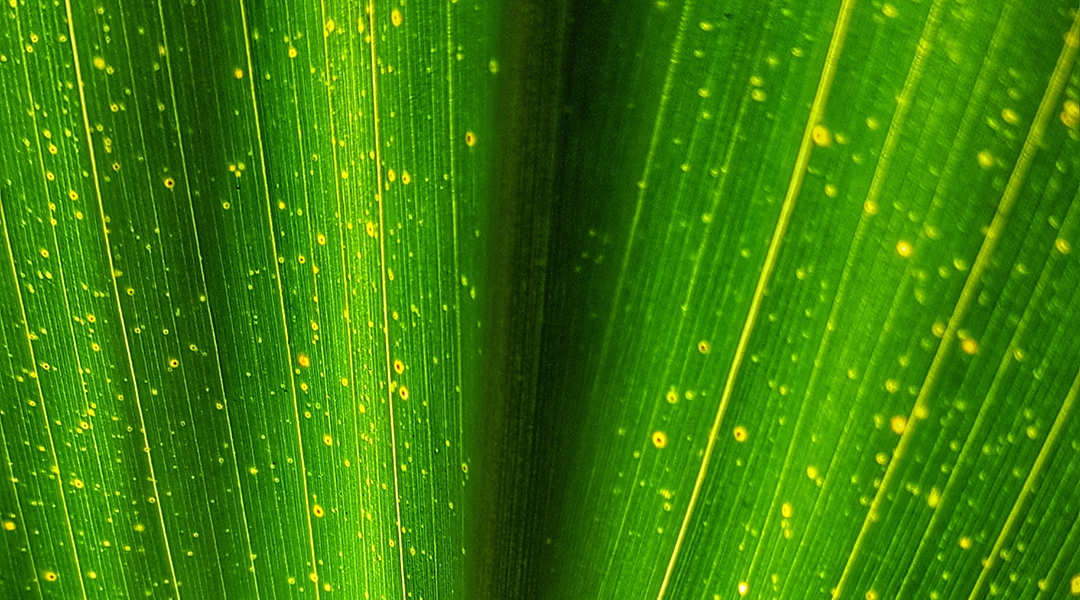
A new device setup enables an interface between biomolecules and electronic materials for biohybrid electronics.

Mechanical engineers put Oreo cream filling through a battery of tests to understand what happens when two wafers are twisted apart.
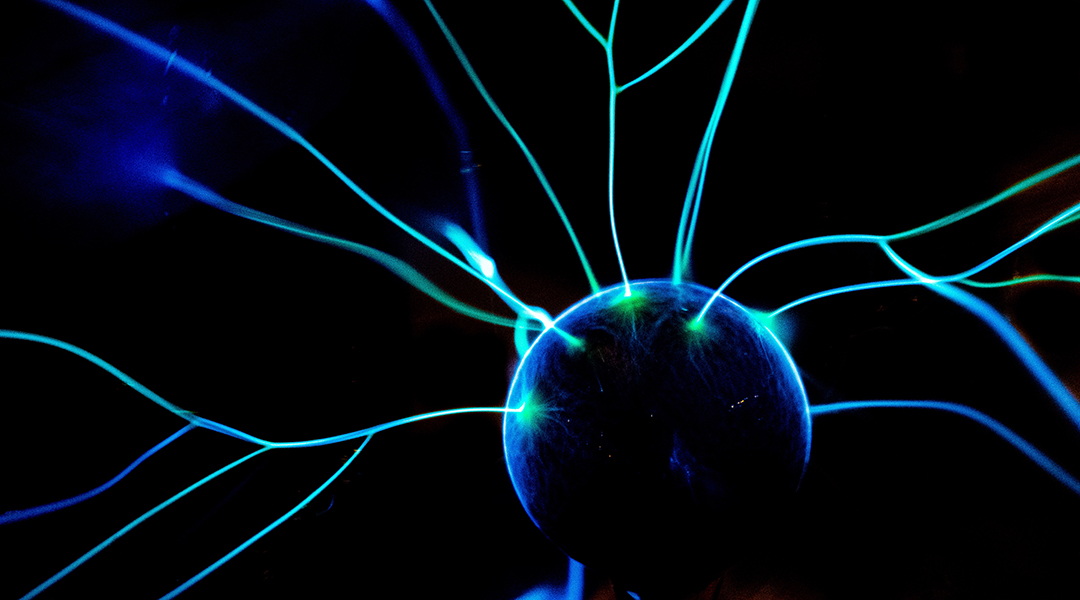
Memristor-based sensing devices generate biological-like electrical signals that mimic those found in the brain for better computing.
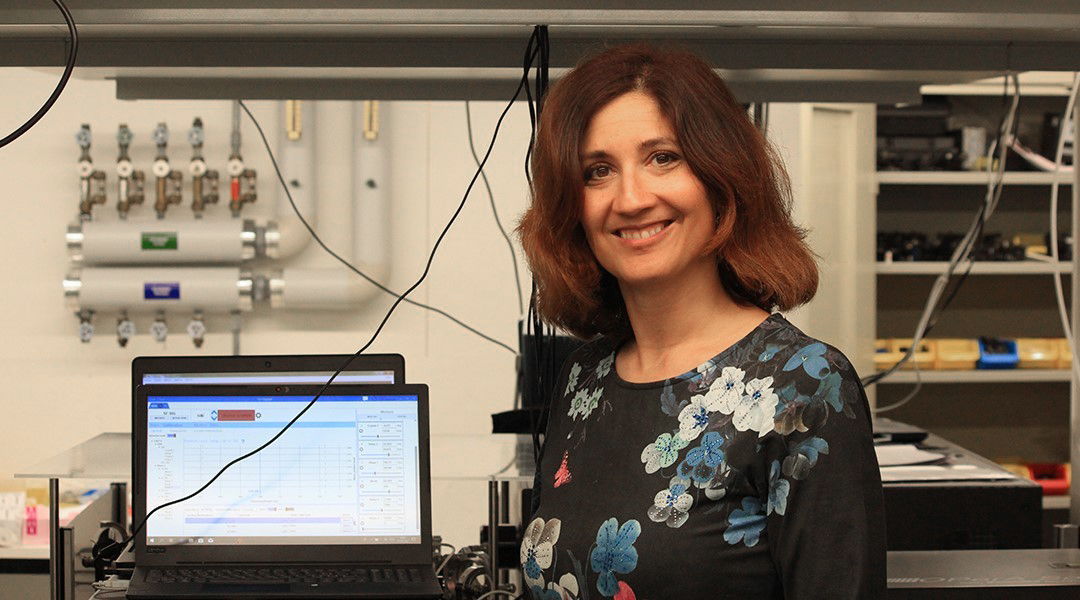
At the interface of light and matter, Natalie Banerji is using spectroscopy to advance technologies such as solar cells and bioelectronics.
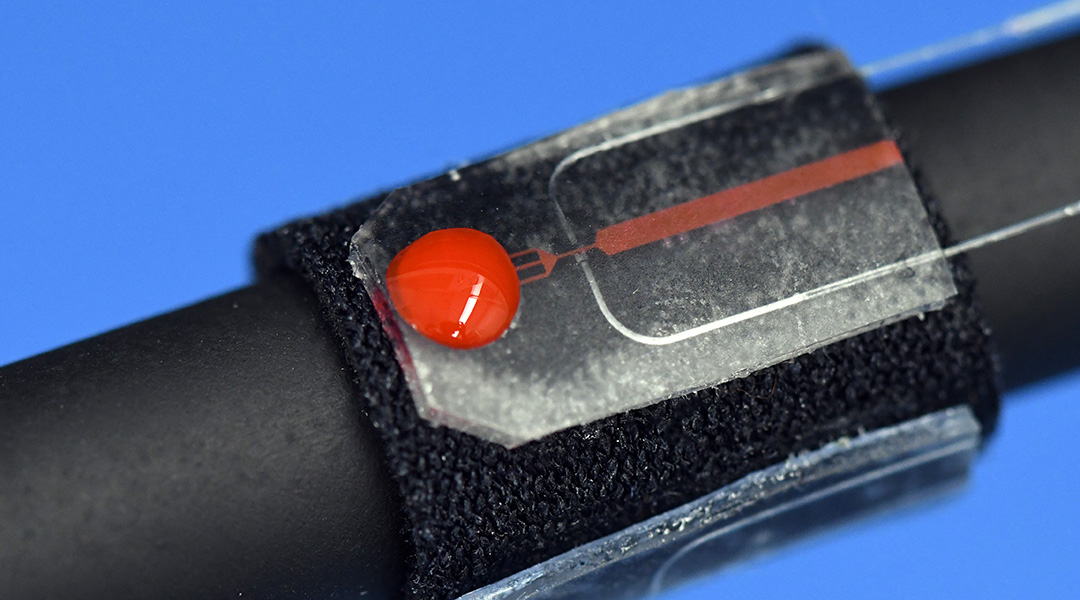
A new blood sensor utilizes miniaturized channels to monitor for accidental bleeding during colonoscopies.

Astrophysicist and retired NASA astronaut Steven Hawley takes us through his fascinating career.

Using stimuli-responsive hydrogels with regularly arranged colloidal particles, researchers create color-changing microrobots that can freely explore and gather information.